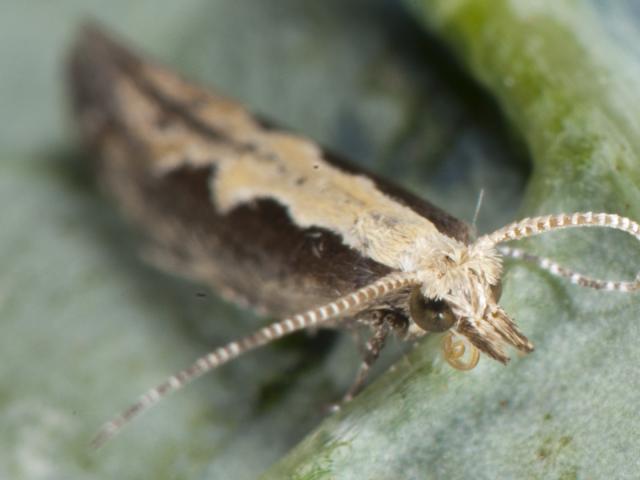Managing diamondback moth this spring

Growers are encouraged to monitor and report incidence of diamondback moth (DBM, Plutella xylostella) in Western Australian canola crops heading into spring.
The moth, which is often difficult to control with insecticides, has recently been seen in parts of the central and eastern grainbelt.
It rapidly develops resistance, and sustained use of an active insecticide (such as SPs) can result in high levels of resistance, locally.
The Department of Primary Industries and Regional Development recommends that growers adopt an Integrated Pest Management approach.
Economic thresholds for spraying vary from 30 to 200 larvae per 10 sweeps of an insect sweep net, depending on factors such as crop growth stage, grain price, cost of spraying and regional/seasonal conditions.
Industry-developed typical thresholds for DBM control with insecticides in WA conditions include:
- pre-flowering (stressed crop) - 30 or more grubs per 10 sweeps
- pre-flowering (no stress) - 50 or more grubs per 10 sweeps
- mid to late flowering (no stress) - 100 or more grubs per 10 sweeps
- pod maturation - 200 or more grubs per 10 sweep.
Other tips for insecticide use in canola crops include:
- target small larvae (less than 5mm long) with insecticides
- always be aware of withholding periods for products
- a two-spray strategy (five to seven days apart) can be more successful than a single application to kill survivors, or newly hatched larvae, in the second spray
- rotate insecticides
- consider spot spraying outbreaks at the edges of the paddock or where DBM are moving from areas of weed hosts
- if control failures occur, send samples of DBM survivors for early resistance testing to Greg Baker at the South Australian Research and Development Institute (SARDI) (mailing address: Greg Baker, Entomology, SARDI, GPO Box 397 Adelaide SA 5001).
A single insecticide spray application often provides poor control of DBM, so two sprays applied 5-7 days apart can help to ‘clean up’ the newly-hatched DBM larvae which survived the first application.
Withholding periods before swathing and harvest are the same, because swathing is considered to be a harvest event.
Beneficial insects can also help to control DBM populations, especially parasitic wasps and assassin bugs.
To avoid harming these insect populations, the department recommends the use of bio-pesticides.
There is also a number of naturally occurring fungal diseases that attack caterpillars, especially when the canopy is moist.
See Diamondback moth: cabbage pest in Indonesia and Western Australia for identification and management advice.
For more information contact Dusty Severtson, Development Officer, South Perth on +61 (0)8 9368 3249.
